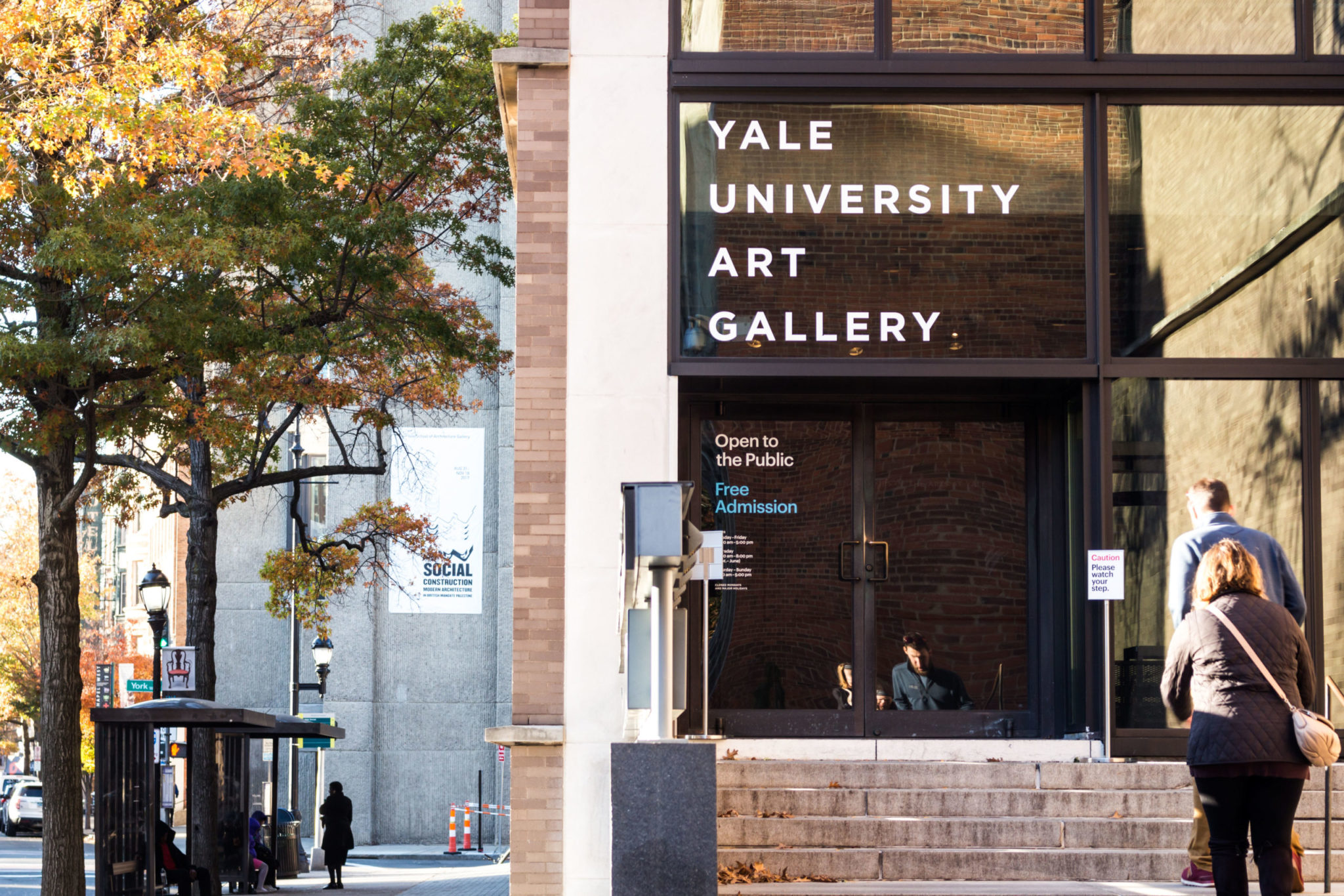
Daniel Zhao, Senior Photographer
In light of the pandemic, the Yale University Art Gallery partnered with Artspace New Haven to modify its Doran Artist-in-Residence program. Instead of internally selecting an artist-in-residence, YUAG staff are reviewing public applications for the residency.
On March 12, the YUAG announced its partnership with Artspace to offer financial support and community to Connecticut-based artists via a new artist residency program. This marks the YUAG’s first collaboration with another institution for this program. However, the museum will continue to use the Happy and Bob Doran Artist-in-Residence Fund — used for almost two decades — to support these new artist residencies. This is also the first time the residency is open to five artists instead of one.
“We’re excited to open this up to the public and make the art gallery’s resources and staff available for this,” said Heather Nolin, the deputy director for exhibitions, programming and education at the YUAG.
Heather said that organizers knew that conducting a physical residency was not possible but still wanted to use the funds provided by the Happy and Bob Doran Artist-in-Residence Fund. So, with the donor’s approval, they restructured the residency to be “much more public-facing and much more focused on the local community.” To this end, they reached out to Artspace Executive Director Lisa Dent, to discuss a possible collaboration supporting New Haven artists.
This year, the artist residency is available only to Connecticut residents. Artists-in-residence are required to show their work at the Artspace gallery and will travel to New Haven at the end of the program to set up their art in an exhibition.
Each artist-in-residence is awarded $15,000, but this does not include travel-related expenses. Nolin said program organizers decided it would be more efficient for artists to spend this money on art and local travel, rather than flying in from other states.
This year’s residency program is also different because it focuses on creation rather than research. Nolin said that artists-in-residence usually conduct research necessary for their art, but this year they will work on artworks to be exhibited at Artspace as part of the program’s final show.
Keely Orgeman, associate curator of modern and contemporary art at the YUAG and one of the program’s organizers, emphasized the importance of the artists-in-residence seeing Artspace in person.
“The experience of seeing the physical space is crucial; it’s when ideas coalesce,” Orgeman said.
Both Dent and Nolin noted that through the program, the organizers hope to create a “cohort” with the selected artists. Nolin said the pandemic has been an isolating experience, which inspired the organizers to create a virtual community. They restructured the program to include five artists to provide them with a sense of artistic community while working.
Nolin said they hope to create community within the cohort through regular online meetings. These meetings will cover professional development, documentation and offer opportunities for the artists to discuss their art with one another.
“One of great benefits of artist residencies is the ability of an artist to sit in community with their colleagues,” Dent said. “Working as a visual artist can be incredibly solitary — and that’s necessary for the work — but artist-in-residencies at their best can provide other ways for artists to not be in solitary for the entire process of creating work.”
Dent added that, during a typical artist residency, artists interact over dinners. This makes the network provided by the cohort all the more valuable in a year when such dinners are not possible.
Both Dent and Nolan said their respective institutions will look to the results of this year’s residency program when envisioning future collaborations between Artspace and the YUAG.
“We’re really excited that this is something new and hopeful that’s coming out of the pandemic,” Nolin said. “We’re all excited and looking forward to what the results will be.”
All applications to the artist residency are due by April 30 at 5 p.m.
Annie Radillo | annie.radillo@yale.edu








